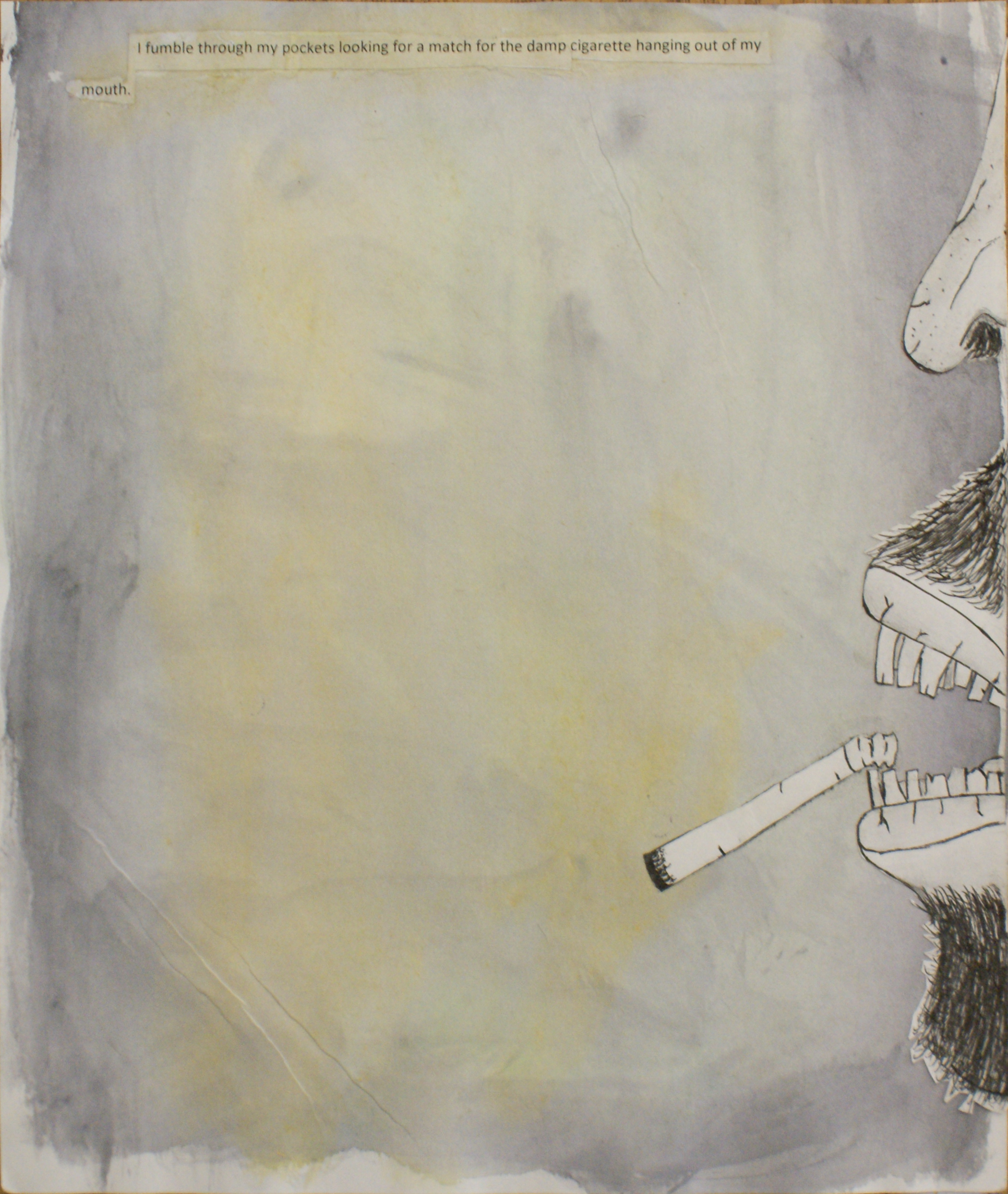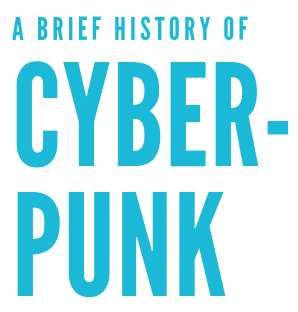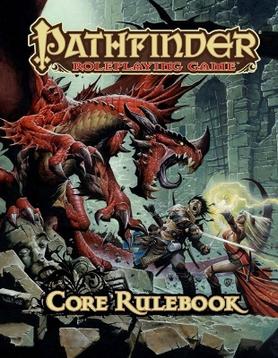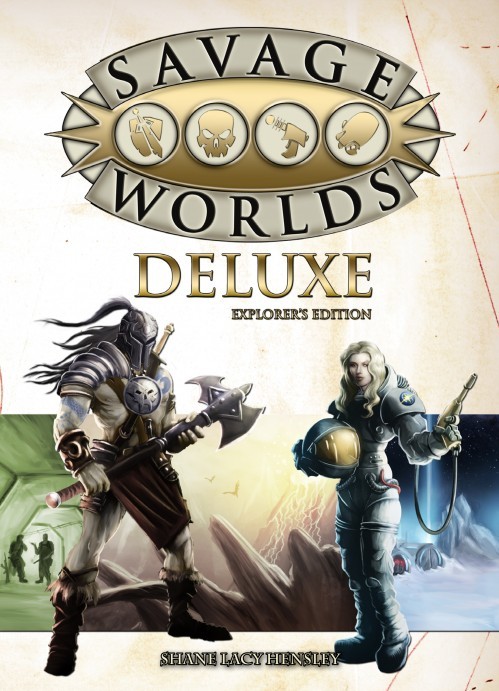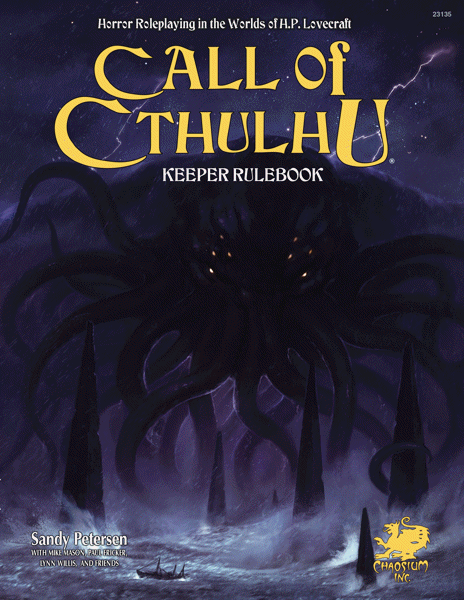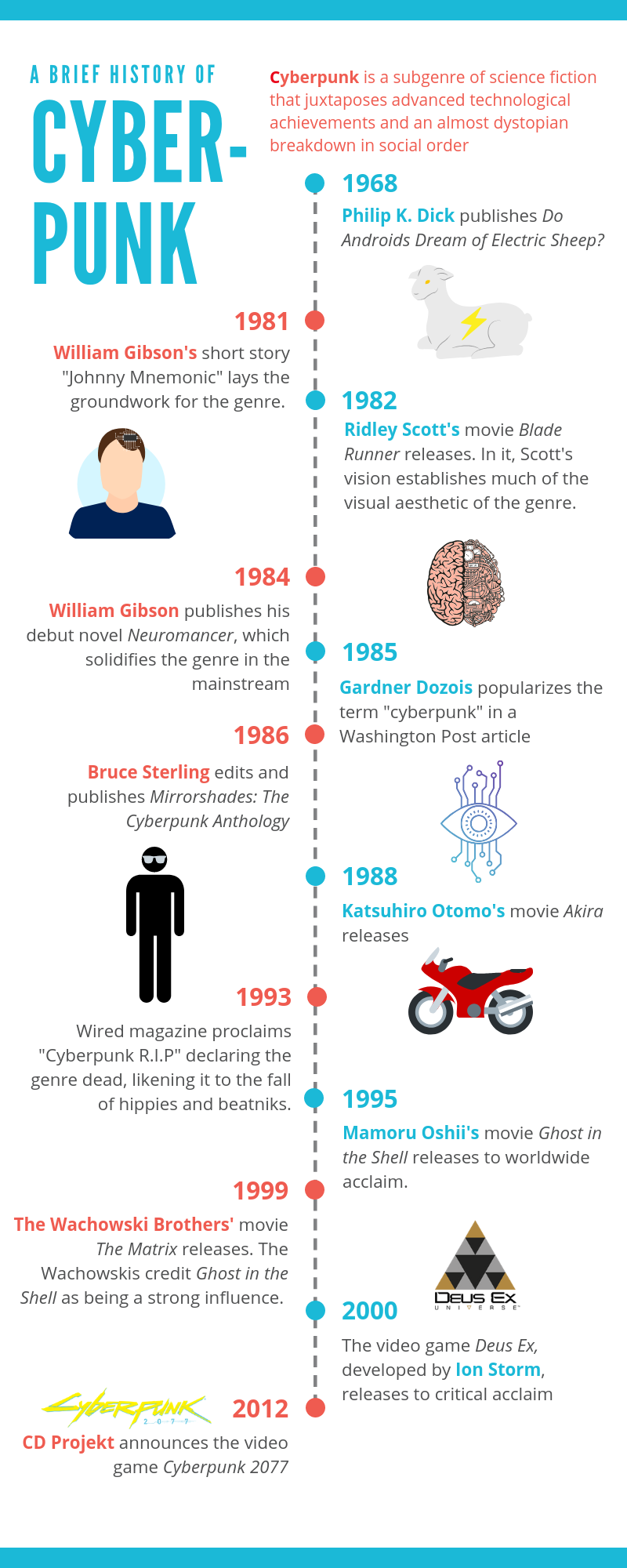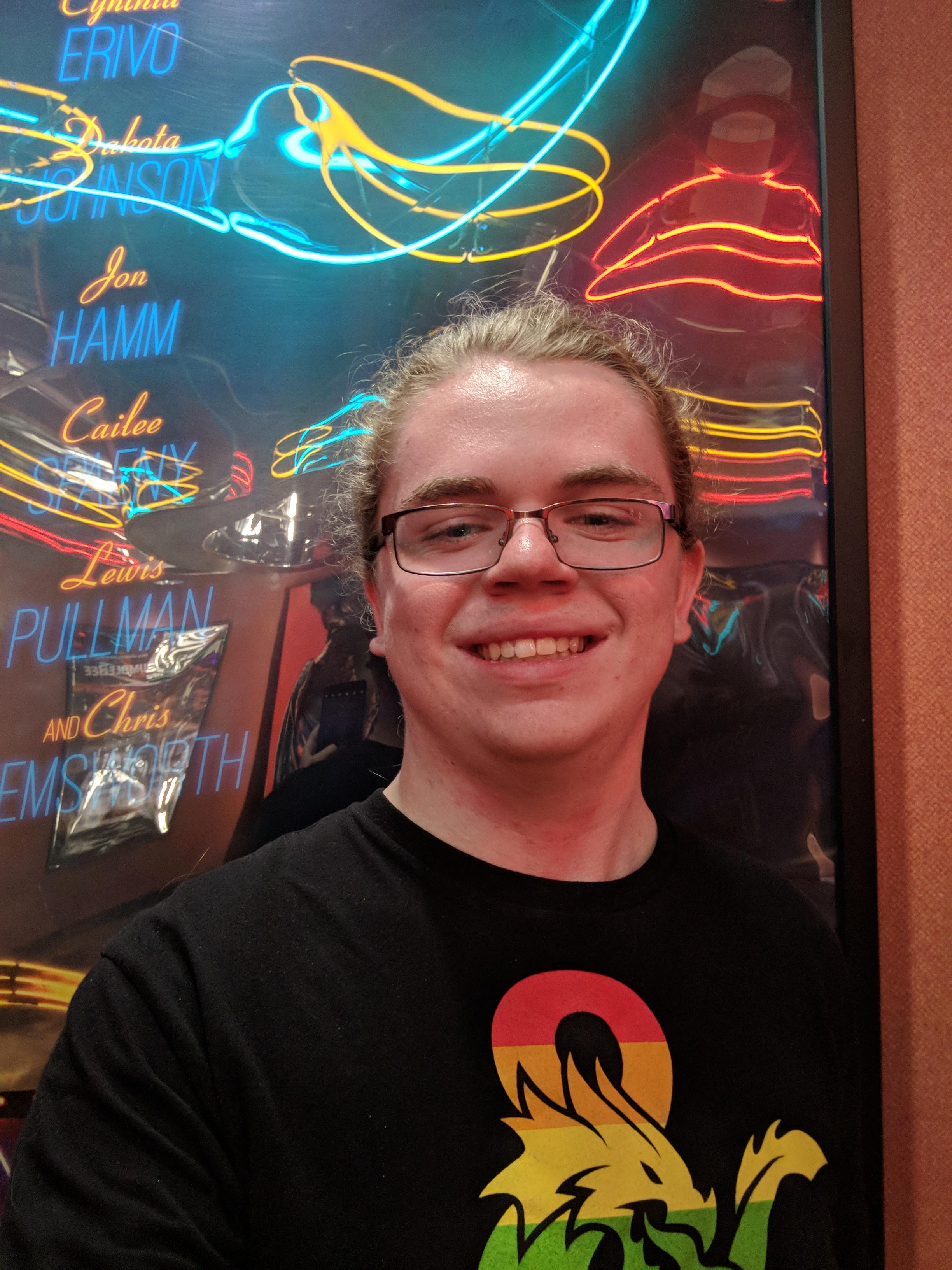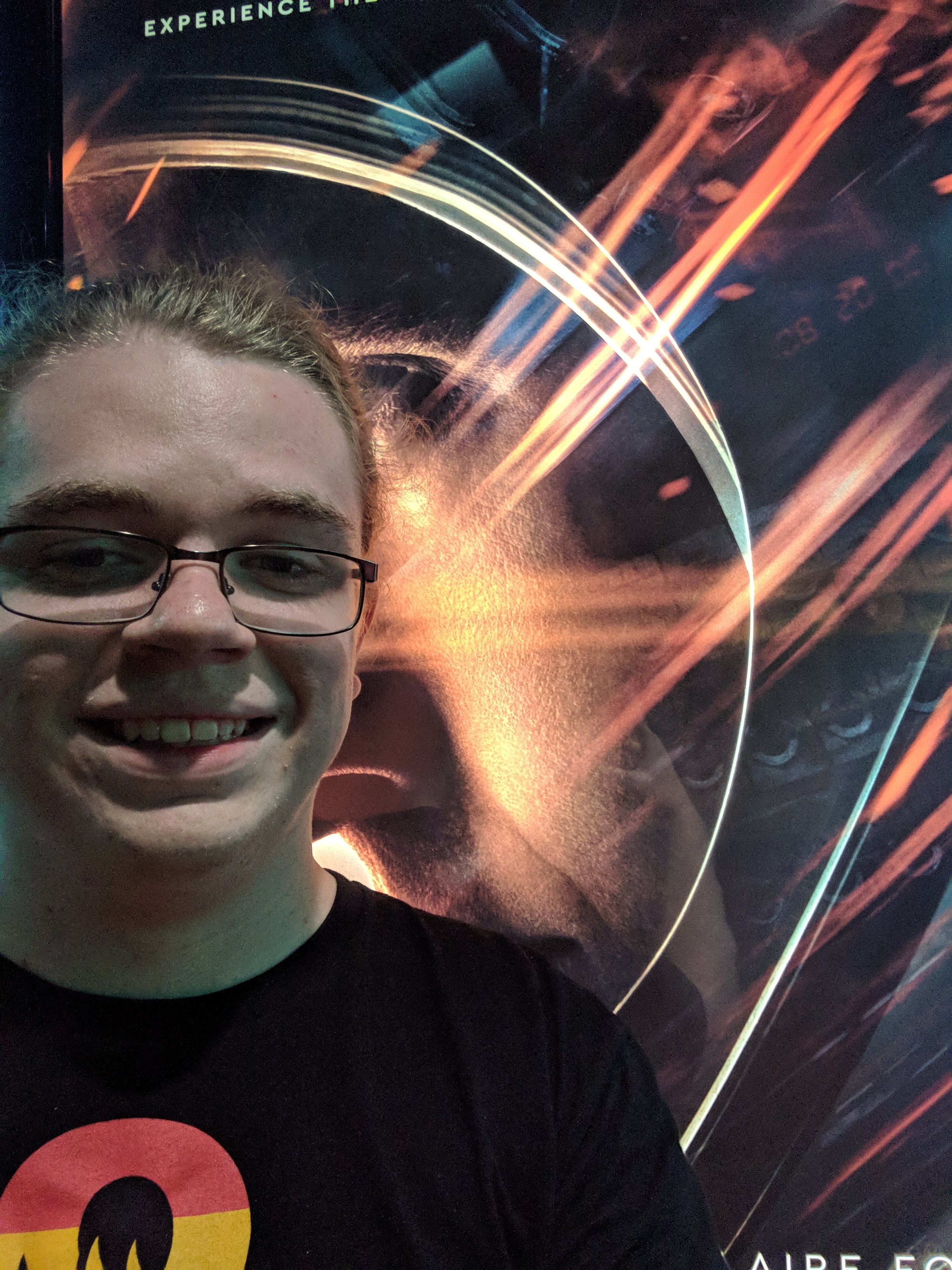Throughout my time in high school, I was constantly faced with the challenge of figuring out what exactly it is that I “wanted to do,” whatever that really means. I tinkered with several ideas. Maybe I wanted to get into art, perhaps I would go into film, my options seemed dauntingly endless.
Even as I discovered my love of writing, which I largely credit to my AP Language teacher during my sophomore year of high school, I was still unsure of what I could do with that. During my senior year, I wrote for my high school newspaper, taking what was actually a combination journalism and creative writing class. At the same time, I was randomly placed in a sociology class, which introduced me to this fascinating field of social science. All of this still left me a little confused as to where I was going with it all.
Into College
As I entered Kennesaw State, I elected to pursue my newfound fascination with sociology and leave my writing as a hobby. Sure, I hoped to be able to write about my own social research someday, but the vast majority of my writing took the form of class assignments, writing for tabletop role-playing games, or just writing short stories. On the side, I’ve also been brainstorming and developing ideas for a fantasy novel, but that is far from being fully developed.
So when I decided to take Careers in Writing, I wasn’t really sure what I expected to get out of it. On one side, I was hoping to improve my writing by learning how to better take criticism and practice. At the same time, I also hoped to acquire the skills to maneuver within the field of professional writing, to get a feel for it to see if it was actually a career path I wanted to follow. And overall, I feel as though I have learned a lot.
How I’ve Grown
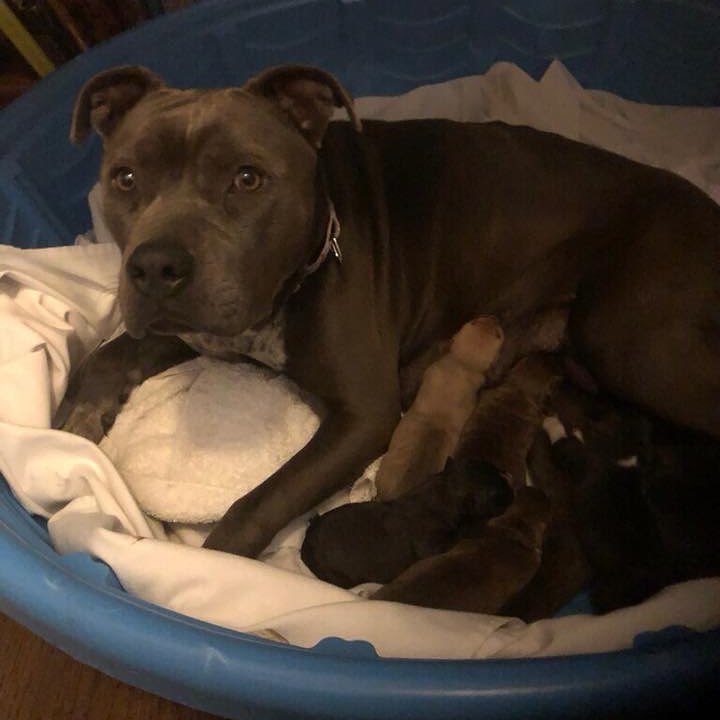
By developing my About page and my Elevator Pitch, I’ve learned skills that have helped me start to develop my professional identity. And this process is going swimmingly thanks to my amazing content design team. Thanks to the incredible advice of Danny, Hannah, Jordan, and Tiffany, I’ve both improved both my communication skills as well as my ability to take criticism constructively. In addition to their help, my work on writing about Lifeline Animal Project for the Rescue Dog Olympics taught me a lot about conducting and writing an interview and about how to work with a client.
This course has provided many opportunities for me to write various forms of content that I hadn’t ever really had the chance to try before. One such article is my experiential review, The Not-So-Happytime Murders. “Thinking back, I’m not exactly sure why I had such high hopes for this movie.” And although the movie failed to meet my expectations, this was my first time writing a review and I really enjoyed the experience. In trying to capture an experience in a review, it forced me to really pay attention to all aspects of the experience. I did not like the movie itself, but because I was so much more aware and focused during the entirety of the experience, I enjoyed myself in spite of the mediocre movie.
Furthermore, much of the content I created for this course allowed me to approach my own hobbies and interests from a new perspective. For my infographic, A Brief History of Cyberpunk, I delved into the history surrounding one of my favorite sub-genres of science fiction and learned a lot about its history. And in my blog post, It’s Not Just D&D, I got a chance to explore my tabletop role-playing game hobby. I never really sat down before to analyze what I liked and didn’t like about these various tabletop games I’ve played, plus I got the chance to share a few that I really like.
Moving Forward
“Time moves in one direction, memory another. We are that strange species that constructs artifacts intended to counter the natural flow of forgetting.”
William Gibson, Distrust that Particular Flavor
Overall, this course has been a big help to me. It has opened my eyes up to how much I actually enjoy writing in general. I still love Sociology a lot, but I really intend to focus so much more on my writing, and I’m going to give freelance writing a shot to see how that turns out. This course has been fantastic for me as a writer (and has given me tools I can apply elsewhere).

